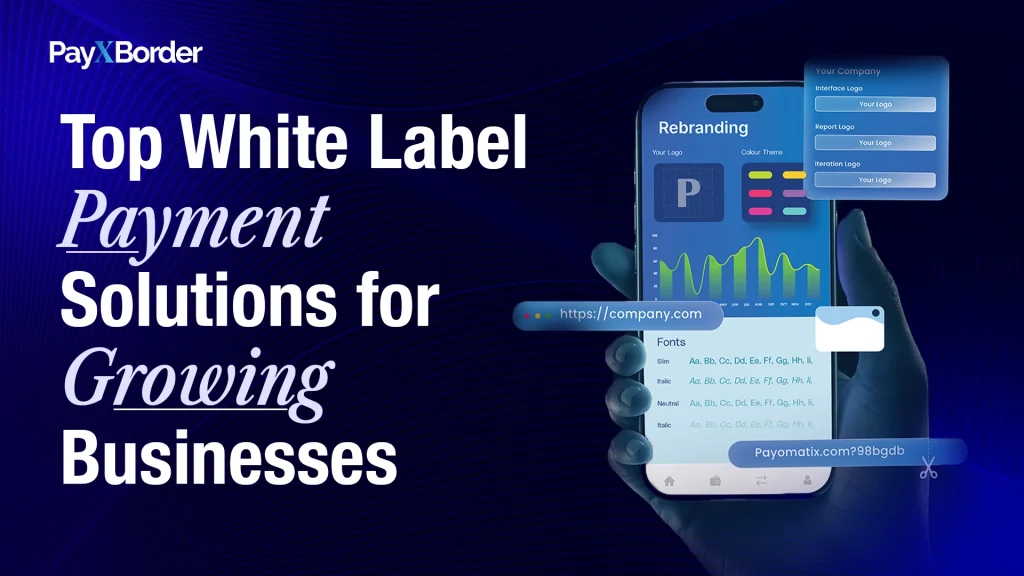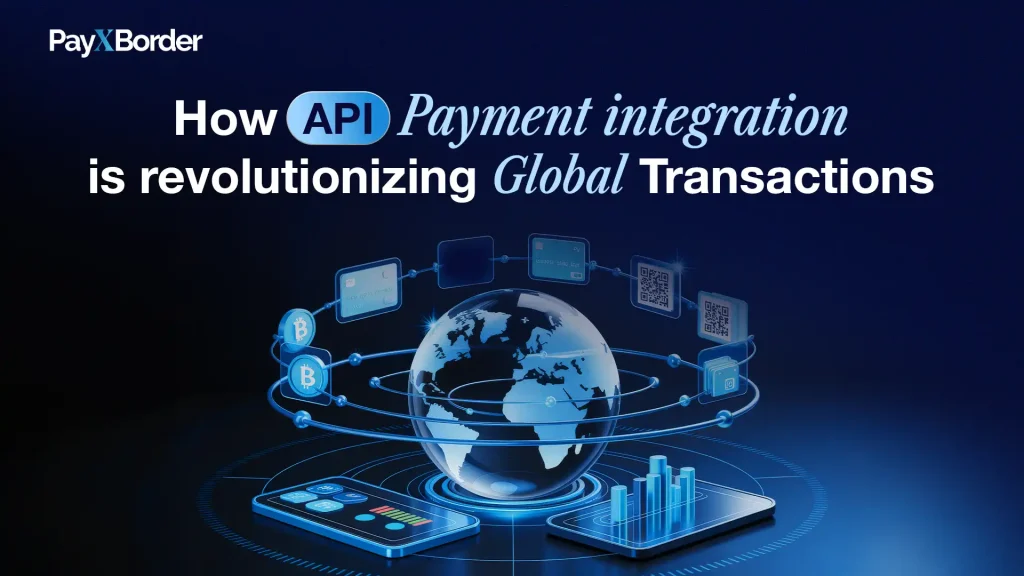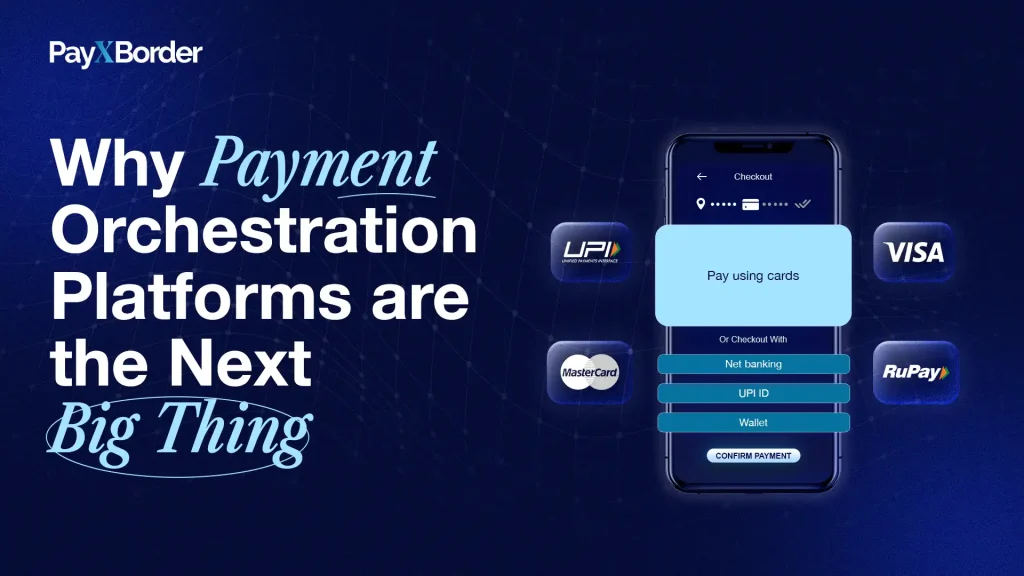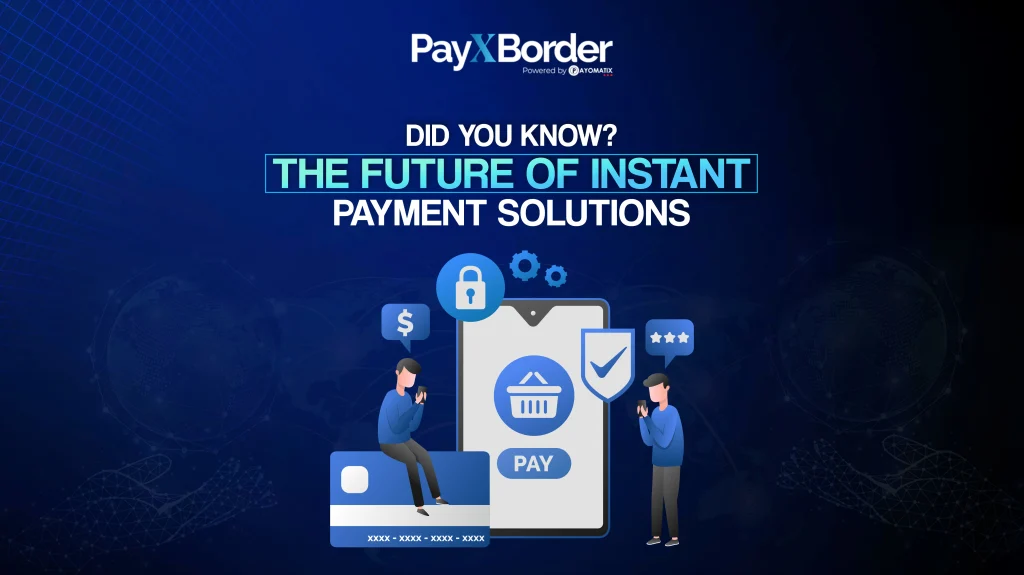In today’s fast-paced digital economy, businesses must ensure seamless digital transactions to maintain efficiency and customer satisfaction. However, traditional payment processing methods are riddled with inefficiencies, causing delays, errors, and security vulnerabilities.
Enter real-time payment tracking—a transformative solution that enhances financial transparency, strengthens security, and optimizes cash flow management. Let’s explore why businesses need this innovation and how Payxborder is leading the way.
The Problem: Why Traditional Payment Systems Are Failing Businesses
Despite technological advancements, many businesses still face serious challenges with outdated payment systems:
1. Delayed Payments
Payment processing delays can disrupt cash flow management, causing financial strain and making it harder to cover operational costs.
2. Lack of Transparency
Without real-time transaction monitoring, businesses are left guessing whether payments have been received, leading to inefficiencies and financial uncertainty.
3. Time-Consuming Manual Reconciliation
Traditional reconciliation processes require extensive manual effort, increasing the risk of errors, financial discrepancies, and wasted resources.
4. Increased Risk of Fraud
Fraudulent transactions often go unnoticed for extended periods, exposing businesses to financial losses and security breaches.
5. Limited Access to Payment Insights
Without AI in payment tracking, businesses struggle to analyze financial trends, hindering their ability to make data-driven decisions.
These pain points highlight the urgent need for real-time payment tracking, a solution that offers immediate access to payment statuses, automates reconciliation, and enhances security.
The Solution: How Real-Time Payment Tracking Transforms Businesses
1. Improved Cash Flow Management
With real-time payment tracking, businesses can monitor transactions instantly, ensuring they always have a clear picture of their financial health. This helps in better budgeting, forecasting, and liquidity planning.
2. Faster and More Transparent Transactions
Customers and vendors benefit from real-time updates, eliminating uncertainty and enhancing trust in business payment solutions.
3. Proactive Fraud Detection
AI-powered security systems monitor transactions 24/7, identifying suspicious activity before it leads to financial losses. Businesses using fraud detection in payments gain an additional layer of protection against cyber threats.
4. Seamless Payment Reconciliation
Automating payment reconciliation eliminates human errors and significantly reduces administrative workloads, allowing finance teams to focus on strategic growth.
5. Compliance with Global Regulations
With increasing financial regulations, businesses must ensure compliance. Real-time transaction monitoring provides an audit-ready payment history, simplifying tax filings and regulatory reporting.
The Future of Payments: Emerging Trends in Real-Time Payment Tracking
1. AI-Driven Payment Insights
Advanced AI algorithms analyze transaction patterns, providing businesses with predictive analytics to optimize cash flow management.
2. Blockchain for Enhanced Security
With blockchain in financial transactions, businesses can ensure tamper-proof records, enhancing security and trust.
3. API Integration for Seamless Banking
Companies are integrating real-time payment tracking with multiple banking platforms to unify transaction monitoring and automate business payment solutions.
4. Cross-Border Payment Tracking
For global businesses, cross-border payments are now easier to track, eliminating currency conversion delays and improving international trade efficiency.
By embracing these advancements, businesses position themselves for success in a rapidly evolving financial landscape.
How Payxborder Revolutionizes Real-Time Payment Tracking
Payxborder provides a powerful real-time payment tracking solution designed to streamline transactions, enhance security, and simplify payment processing solutions.
Why Choose Payxborder?
✔ Instant Payment Updates: Get real-time notifications on every transaction.
✔ Advanced Security Features: AI-driven fraud detection in payments ensures a secure payment environment.
✔ Seamless Integration: Connect with banks, payment processors, and accounting tools effortlessly.
✔ Cross-Border Transaction Support: Track and manage cross-border payments without complications.
✔ User-Friendly Dashboard: Access a real-time financial overview with an intuitive interface.
By integrating Payxborder solutions, businesses can eliminate payment inefficiencies and focus on growth.
Final Thoughts: Take Control of Your Payments Today
As businesses transition into a digital-first economy, real-time payment tracking is no longer optional—it’s essential. From cash flow management to fraud detection in payments, this technology provides a competitive advantage that drives efficiency and security.
Are you ready to transform your payment processing? Explore Payxborder’s real-time tracking solutions and experience seamless financial control today!







